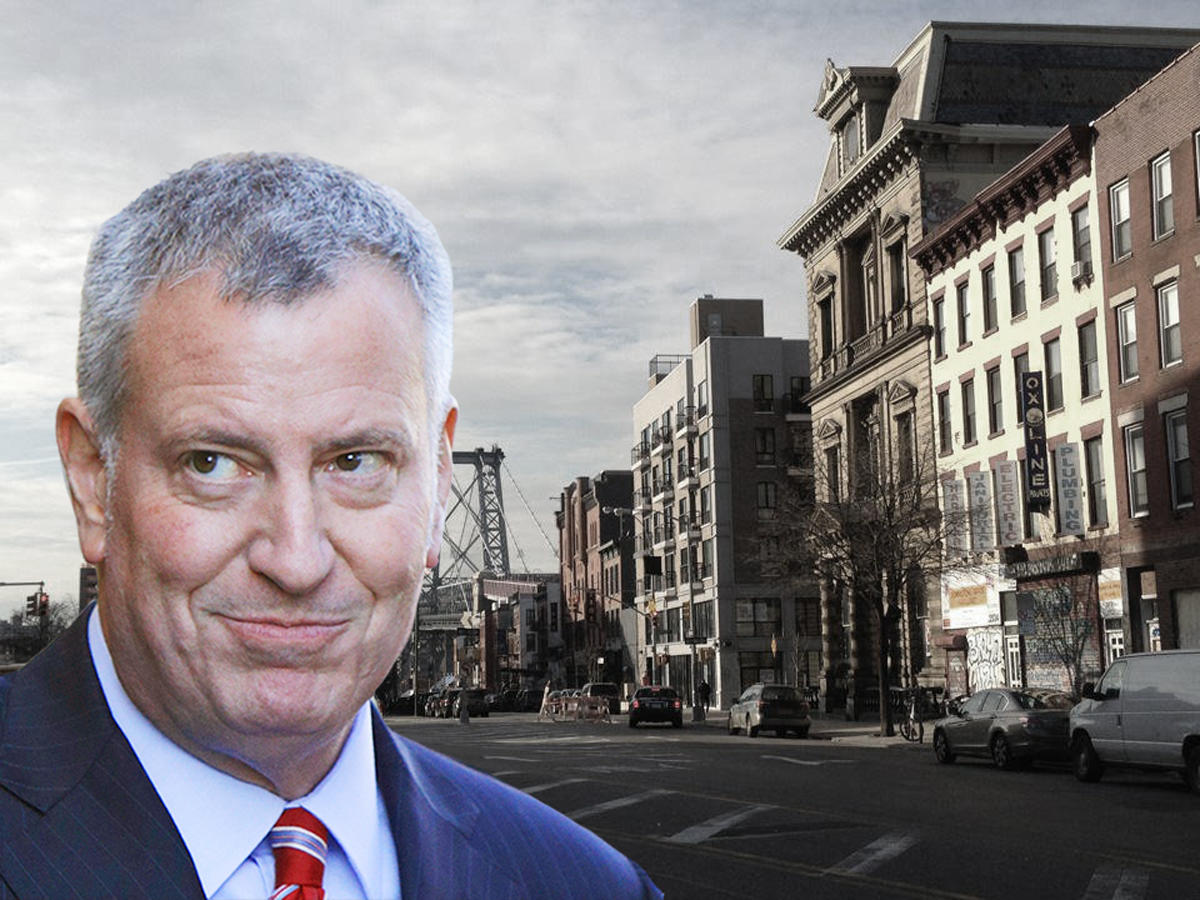Housing supply failing to keep up with rising demand has fueled the affordability problem in New York.
Between 2000 and 2016, the housing stock grew by about 8 percent while the adult population rose nearly 11 percent, according to a new report from the NYU Furman Center for Real Estate and Urban Policy. At the same time, jobs were up more than 16 percent — a sign of growing demand.
Meanwhile, median rents have gone up by about $300 since 2000, while the median income of a renter household increased by $145 per month, Politico reported Thursday. And the share of housing available to low-income renters has been falling.
“If you think about the lower-income people, why they are paying a higher percentage of their income on rent — part of it is just there aren’t that many apartments available at price points that would be affordable to them,” Vicki Been, faculty director at the Furman Center, told Politico.
Been previously worked as Mayor Bill de Blasio’s housing commissioner, overseeing his plan to build and preserve 200,000 rent-regulated homes over 10 years. The mayor has since changed that goal to 300,000 units over 12 years.
Mixed-income development will help poor residents while market-rate units help pay for rent-regulated ones, Been said.
Neighborhoods rezoned during the Bloomberg administration saw the most dramatic growth in housing supply since 2000, the report said. They include the Far West Side, Williamsburg and Greenpoint. [Politico] — Meenal Vamburkar
